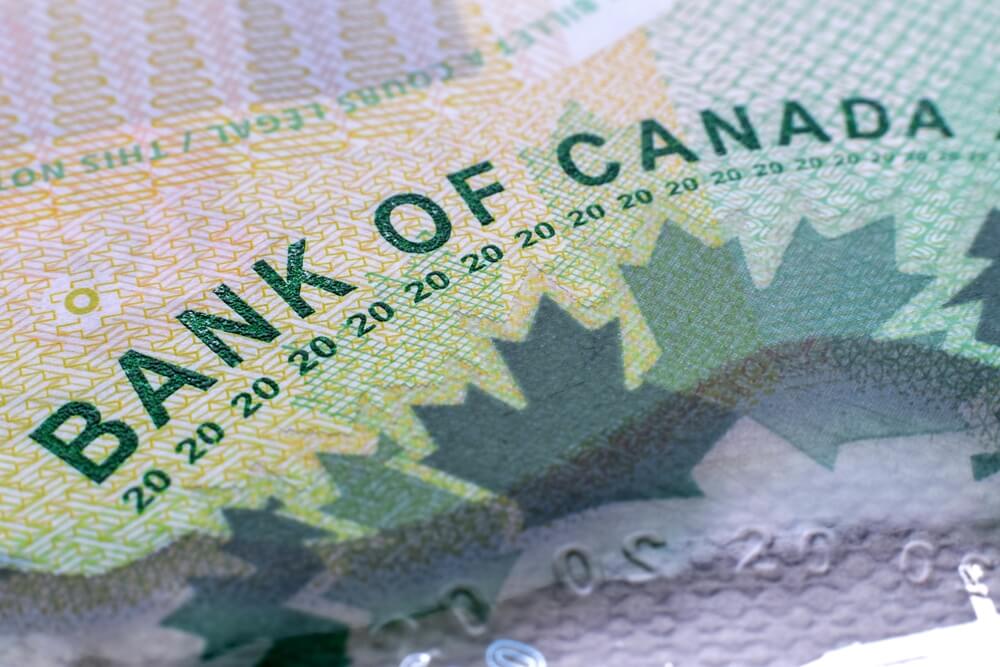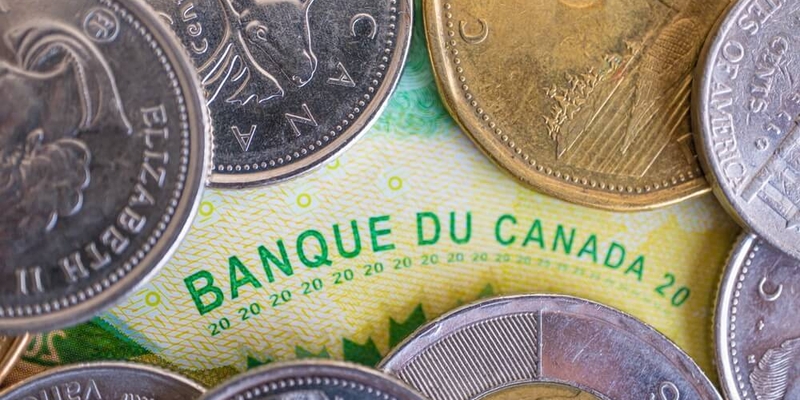All About Registered Retirement Savings Plans (RRSPs)
Learn about RRSP and save for your retirement.
What is a Registered Retirement Savings Plan (RRSP)?
A Registered Retirement Savings Plan (RRSP) is an investment account registered with the Canadian federal government that helps you save up for retirement. You can use your RRSP to hold a variety of investments such as GICs, mutual funds, bonds, equities and savings deposits. If you filed an income tax return or have earned income this year, you can contribute to an RRSP. However, there are limits on how much you can contribute to an RRSP each year.
You can contribute the lower of:
- 18% of your earned income in the previous year, or;
- The maximum contribution amount for the tax year: $27,230 (as per 2020).
If you don’t use all your contribution room in a given year, the unused room will be carried forward for you to use at a later date. For example, your contribution room was $15,000 in 2019 and you didn’t make any RRSP contribution. You can carry this forward to 2019. If your 2020 contribution room is $27,230 (the maximum amount), you can make a total RRSP contributions of $42,230 ($15,000 + $27,230) in 2020.
Any unused contribution room will be taken into account on your RRSP Deduction Limit Statement, which you can find on your most recent Notice of Assessment or on CRA’s My Account.
If you’re a member of a pension plan, your pension adjustment will reduce the amount you can contribute to your RRSP.
Frequently asked questions about RRSPs
We’ve compiled the most frequently asked questions about RRSPs to help you find everything you need to know!
Why do I need an RRSP?
Having an RRSP helps you save for retirement on a tax-sheltered basis, while allowing your savings to grow faster. Every contribution to your RRSP does this in two ways:
1) You get a tax refund on all contributions you make to your RRSP (that’s money right back in your pocket instead on towards taxes)
2) The money you earn through investments in the RRSP is not taxed
When you start investing in an RRSP, you can start thinking of retiring more comfortably as you work towards being able to supplement your post-retirement income.
An RRSP can hold the following types of investments:
- Mutual funds
- Exchange-traded funds
- Equities
- Bonds
- Savings accounts
- Income trusts
- Guaranteed investment certificates
- Foreign currency
It’s important to note that all withdrawals from your RRSP are subject to taxes. However, if you withdraw your funds after retirement, you’ll be in a lower tax bracket than you were during your working years which means you’ll pay less tax on withdrawals. Your RRSP will have accumulated tax-free for a number of years so it will have grown much more quickly than if you did not contribute to an RRSP in the first place.
How many types of RRSPs are there?
There are many different types of RRSPs available to you depending on the type of ownership and tax benefits you’re looking for. The different types of RRSPs available are:
- An Individual RRSP – This type of RRSP is held under one registered name and account holder. When you sign up for an individual RRSP, you are the sole contributor and beneficiary of the account.
- A Spousal RRSP – A spousal RRSP allows for a spouse to utilize their RRSP account for the tax benefit of both spouses. The higher earning spouse can also contribute to the spousal RRSP in their spouse's name (the account holder). The spousal RRSP ensures that you and your spouse both have a significant income at retirement.
- A Group RRSP – This type of RRSP can be set up by an employer for their employees and is typically funded through payroll deductions. The employer will pay the cost of opening and managing the plan. When you’re a part of a group RRSP, the withdrawal rules depend on your employer and the financial institution holding the account.
- A Pooled RRSP – A Pooled RRSP is an option created for any small business employees or self-employed individuals who have no access to a workplace pension. The pool helps plan members save up for their retirement and is managed by a licensed administrator.
What are the withdrawal rules for an RRSP?
You can withdraw money from your RRSP as long as your funds aren’t locked in a specific contract. Your withdrawals will be subject to taxes and counted as income in your annual taxes. Your bank may take anywhere from 10% to 31% right off the top and turn it over to the government — the more you withdraw, the higher the percentage you will be taxed. For these reasons, in most cases withdrawing from your RRSP before you are 71 is not recommended.
There are some exceptions to the above rule. If the funds withdrawn are under a special plan such as the Home Buyers' Plan or the Lifelong Learning Plan it will not be considered income and no taxes will be due.
If you are turning 71 by the end of the calendar year, your RRSP must be collapsed. You have two options:
You can withdraw the full amount as a lump sum withdrawal. The withdrawal will be subject to taxes and added as income.
You can convert the RRSP to a Registered Retirement Income Fund (RRIF) and start drawing payments the fund. The CRA sets a minimum amount that can be withdrawn, which you can read more about RRIFs here.
What is the RRSP Homebuyer’s Plan?
The RRSP Home Buyers’ Plan allows you to borrow up to $35,000 from your RRSP to put towards buying or building your first home. Any legally married or common-law couple can withdraw up to $35,000 each, for a total of $70,000 towards the purchase or construction of a new home. Learn more about the Canadian Home Buyer’s Plan.
What are the differences between a TFSA and RRSP?
When it comes to smart investing, both TFSAs (Tax Free Savings Account) and RRSPs are great tax-sheltered investment vehicles to have. But it’s important not to confuse them as the same kind of investment, as they both greatly vary in features.
The key differences between a TFSA and RRSP are:
| Key Differences | Tax Free Savings Account (TFSA) | Registered Retirement Savings Plan (RRSP) |
|---|---|---|
| Eligibility Requirement | To open a TFSA you must be: - 18 years of age or older - A Canadian resident | There’s no minimum age to open an RRSP, however, you must have qualified income in the previous year to contribute and also: - Be a Canadian resident - Have a valid Social Insurance Number (SIN) If you are over 71, you must convert your RRSP into a Registered Retirement Income Fund (RRIF) or an annuity |
| Contributions | - Contributions are not tax-deductible - Annual contribution dollar limit is determined by the Canadian Revenue Agency (CRA) - Unused contribution room can be carried forward indefinitely | - Contributions are tax-deductible - Any unused contribution room can be carried forward |
| Withdrawals | - TFSA withdrawals are tax-free - Any withdrawals in one year will increase contribution room by the same amount in the following year | - RRSP Withdrawals are taxed as income - Withdrawals do not create additional contribution room |
| Deadlines | There is no deadline for contributions to a TFSA, as the unused contribution room is carried forward into the next year. However, a withdrawal in any year does not increase the TFSA room until the following calendar year. | RRSP deadlines typically come at the end of February/early March and may vary slightly by tax year. |









